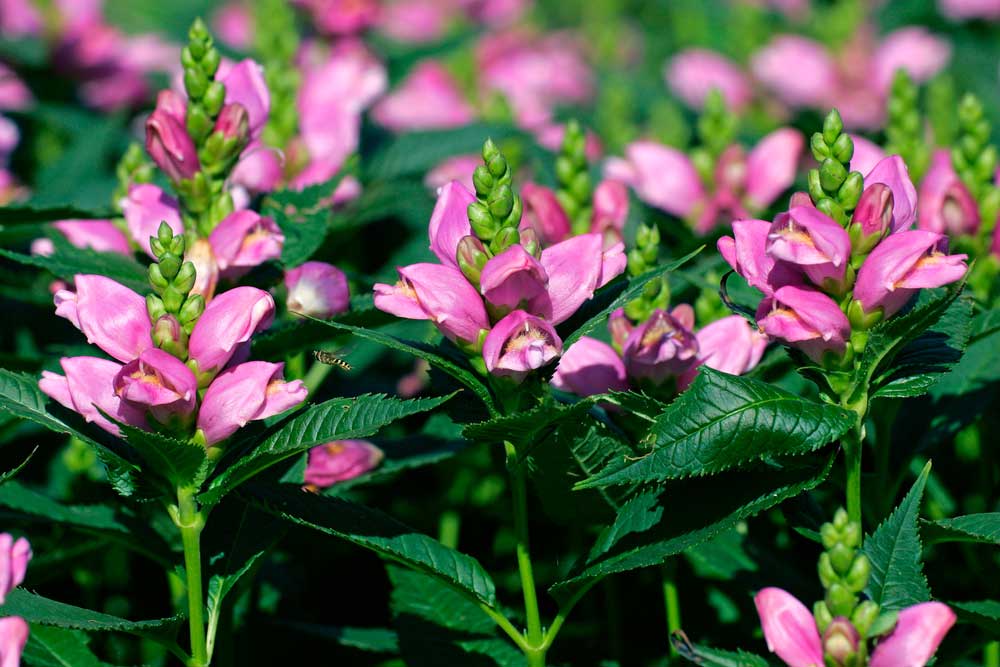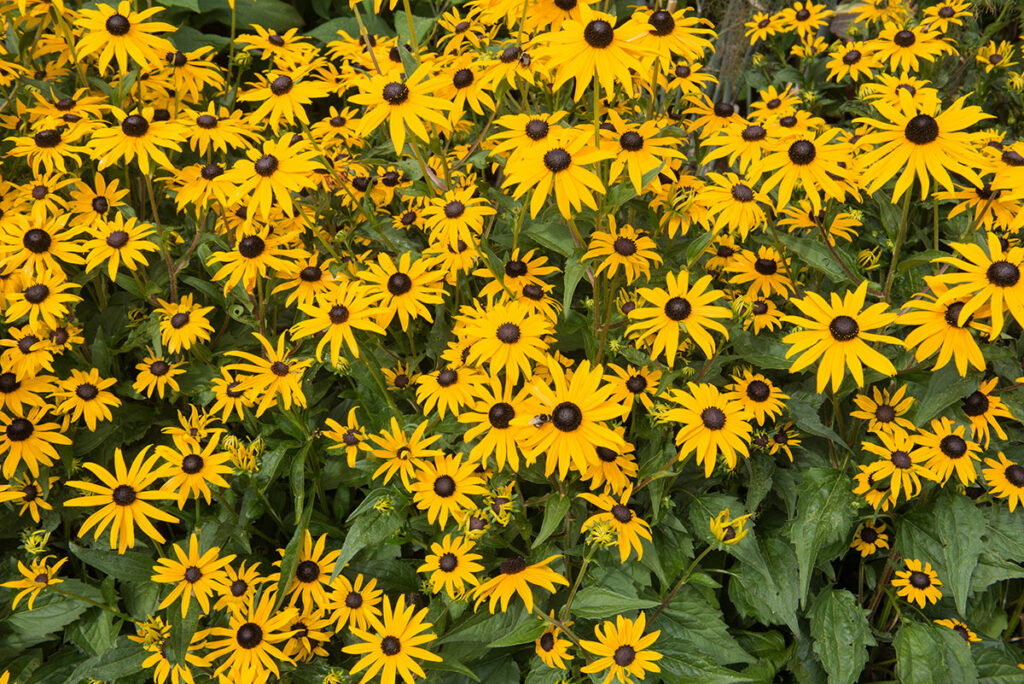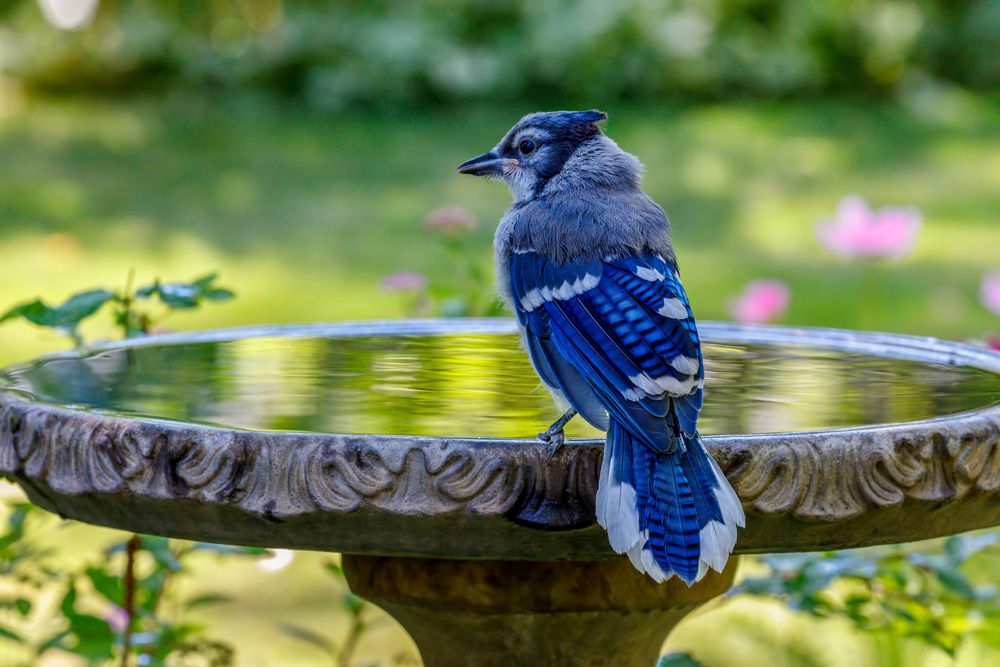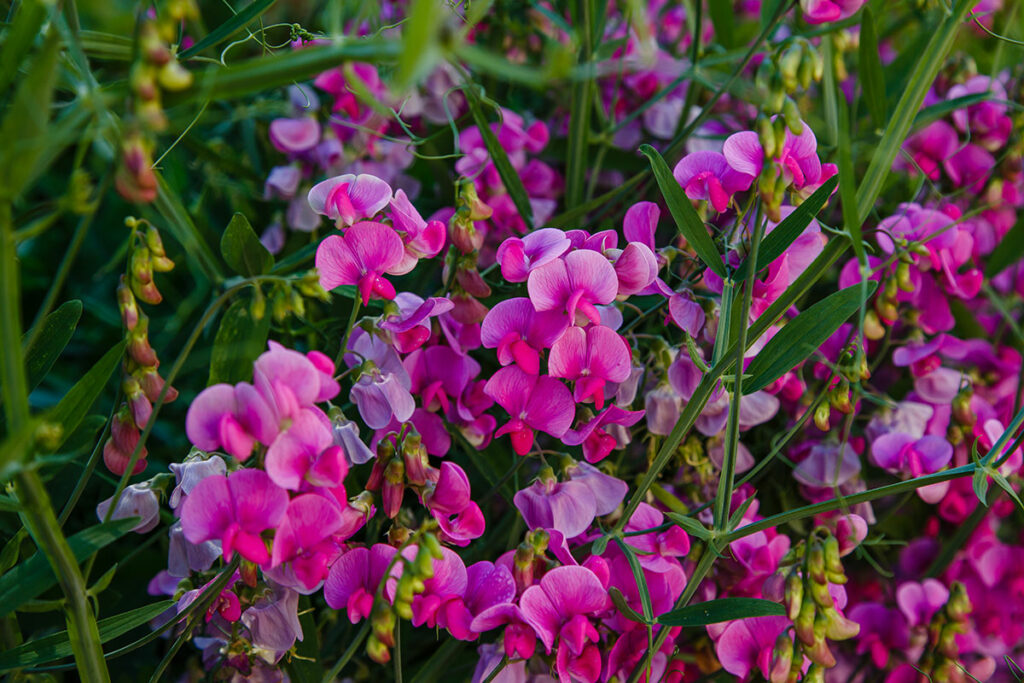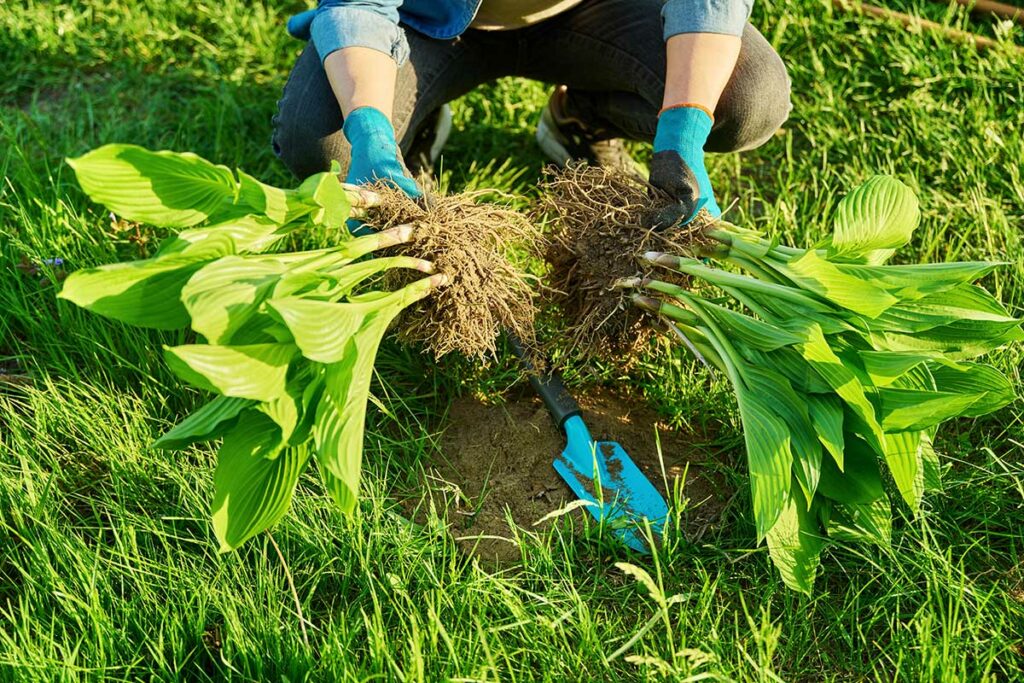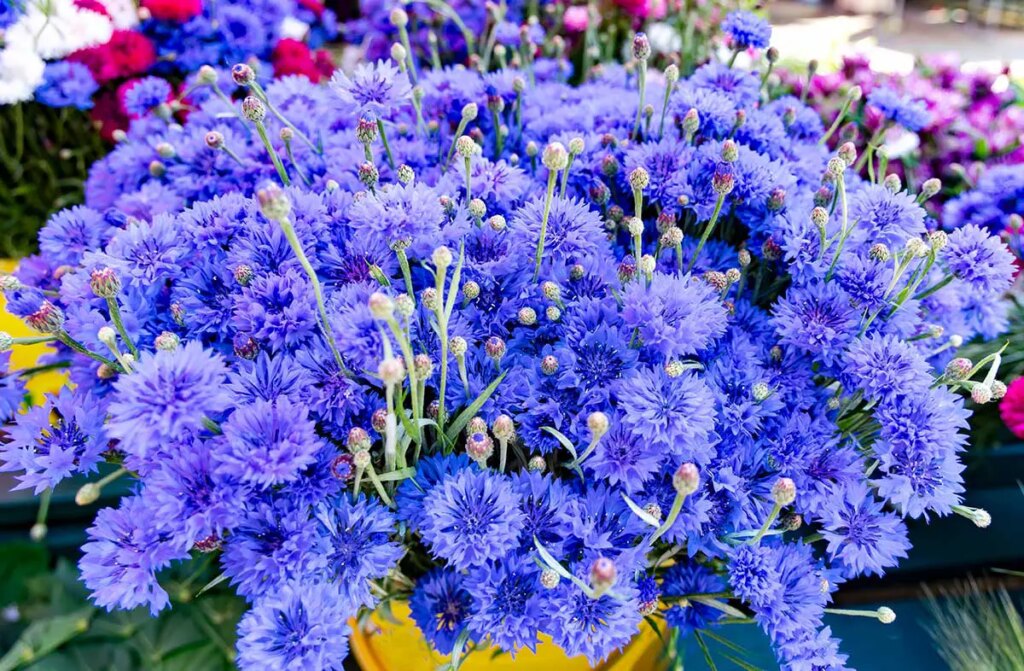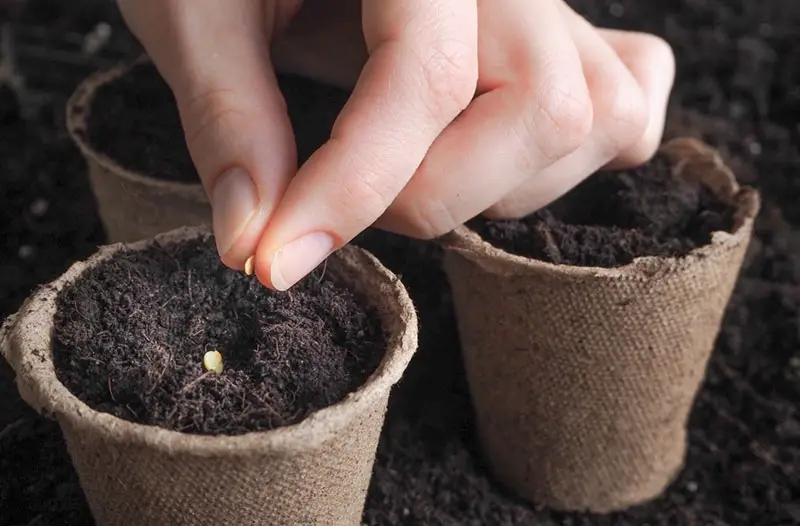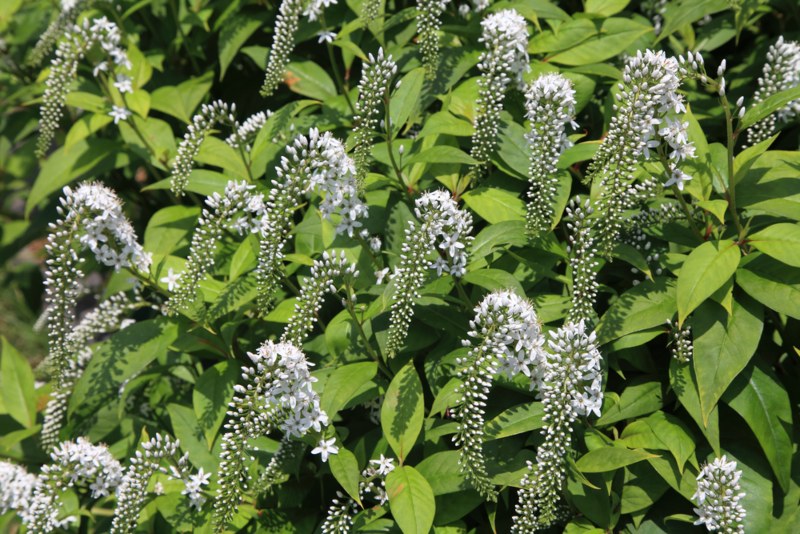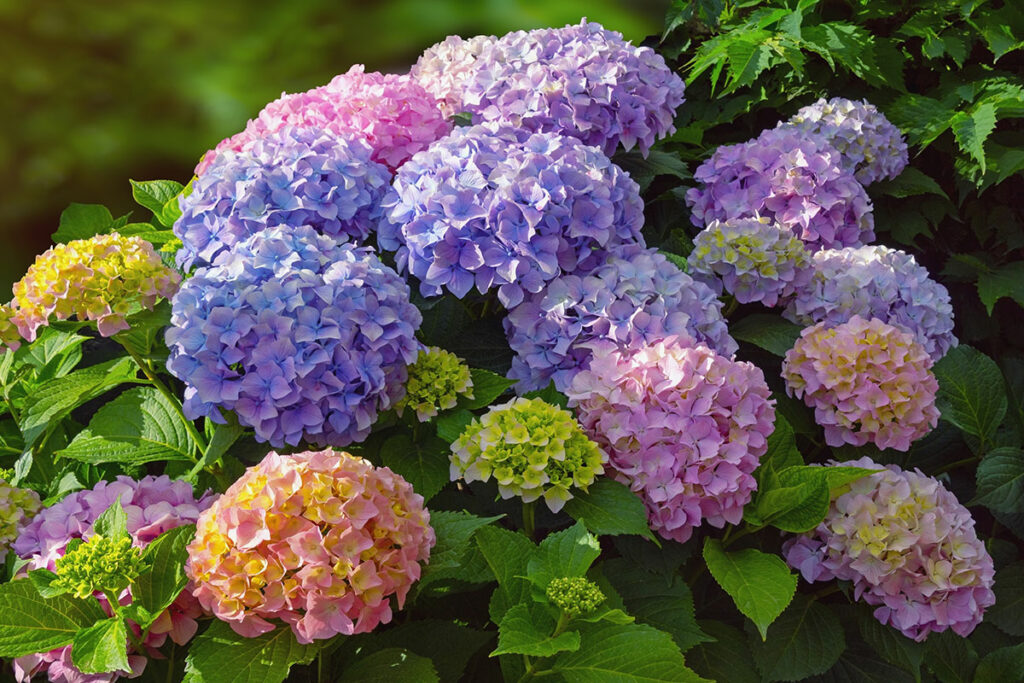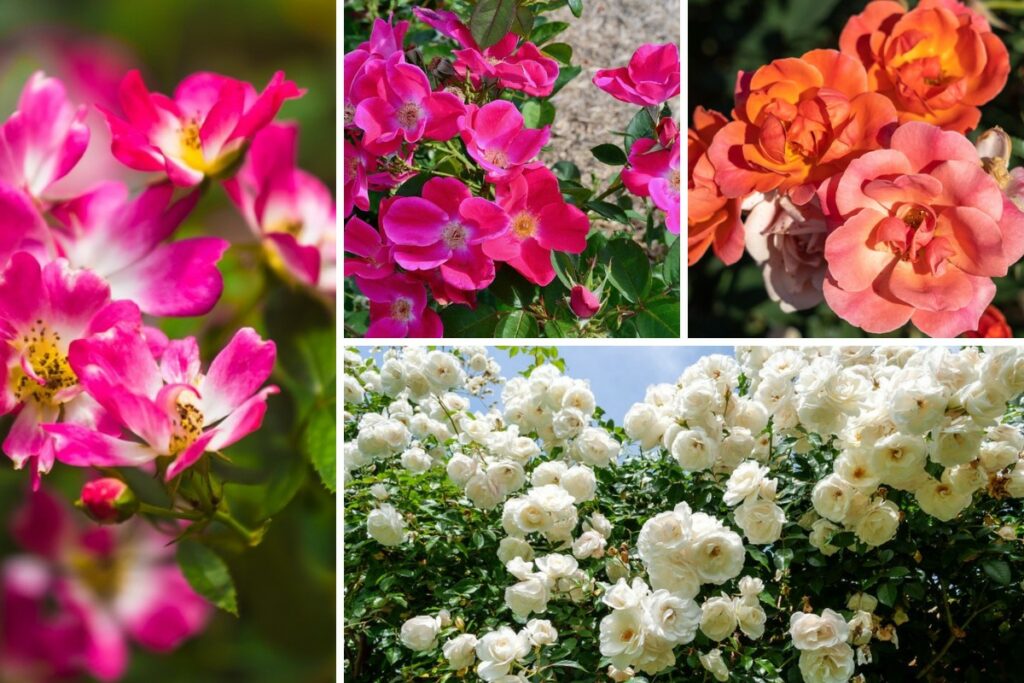
Gardening enthusiasts often adore roses for their elegant beauty and delightful fragrance.
However, growing these classic flowers can sometimes be a challenge, especially for those who are new to gardening or live in areas with harsh weather conditions.
Fear not; there are roses out there that are not only tough but nearly impossible to kill!
In this article, we will explore ten types of roses that can withstand a variety of adverse conditions, from neglect to disease and pests.
These hardy roses are perfect for gardeners who are short on time, beginners who are still developing their green thumbs, or those who simply want stunning roses without investing a lot of effort.
So sit back, relax, and let’s discover these ten resilient rose varieties that promise to thrive in your garden.
Understanding Rose Resilience
Roses are known for their beauty and elegance, but they’re also tougher than many people think. Some varieties are more resilient than others, making them easier to maintain and almost impossible to kill. In this section, we’ll explore some of the factors that contribute to rose resilience and why certain varieties are able to withstand challenging conditions.
One characteristic that makes a rose resilient is its ability to adapt to various soil types. Many roses can thrive in both well-draining and clay-like soil, making them versatile garden additions. In addition, some rose varieties have developed resistance to diseases such as blackspot and powdery mildew, which can cause significant damage to other plants.
Drought-tolerant roses are especially hardy, as they can withstand dry conditions and still produce beautiful blooms. These varieties have developed deeper root systems, allowing them to access moisture and nutrients from far below the soil surface. This is particularly useful in regions with less predictable rainfall or where water conservation is a priority.
It’s also worth noting that certain rose varieties are more cold-tolerant than others. Some roses, such as rugosa hybrids, can withstand temperatures well below freezing and still flourish. This characteristic is due to their ability to enter a state of dormancy during the winter months, which allows the plant to conserve energy and survive extreme weather conditions.
In summary, there are several factors that contribute to a rose’s resilience, including its adaptability to various soil types, disease resistance, drought tolerance, and cold tolerance. By understanding these factors, gardeners can choose the right varieties for their gardens, enjoying the beauty and elegance of roses without the stress of constant maintenance.
Numerous and Diverse Genetic Makeup
Roses are known for their impressive genetic diversity, which contributes to the resilience and hardiness of many varieties. This remarkable range of genes allows these flowers to withstand an array of environmental conditions, making them the perfect choice for gardeners looking for low-maintenance plants.
The genetic makeup of roses is influenced by factors such as natural cross-breeding, cultivated hybrids, and geographic isolation. Over time, these genetic variations lead to the development of different characteristics, including resistance to diseases, pests, and environmental stressors. For instance, some rose varieties possess a natural resistance to pests, while others are less susceptible to fungal diseases like powdery mildew or black spot.
Another factor contributing to the resilience of roses is their wide geographical distribution. They can be found in various habitats from mountainous regions to coastal areas, adapting to different climates and soil types. This remarkable adaptability has resulted in the creation of robust varieties that are better equipped to survive in diverse conditions.
In addition to natural genetic variation, human intervention has played a role in the development of hardy rose varieties. By selecting and breeding roses with desirable traits, horticulturists have successfully created new cultivars that exhibit improved resilience and disease resistance. This process of selective breeding has resulted in the creation of thousands of rose cultivars, each with their own unique strengths.
When choosing roses for a garden, it is important to consider the plant’s genetic makeup, as it can provide valuable insight into its ability to withstand challenges. By selecting rose varieties with diverse and robust genetic characteristics, gardeners can enjoy beautiful blooms with minimal effort.
10 Amazingly Tough Roses
Knock Out Rose
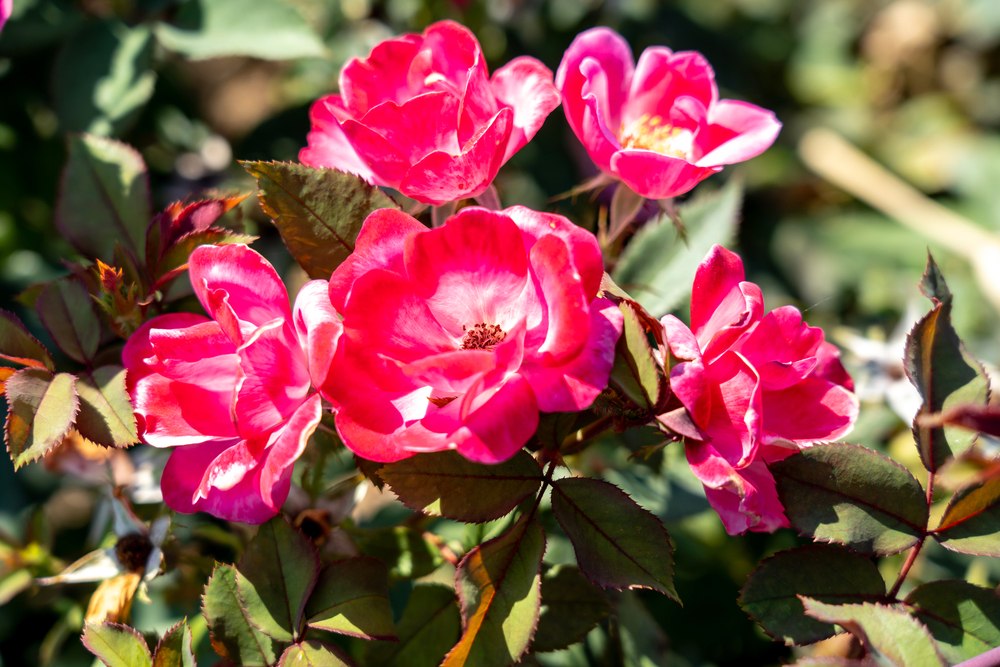
The Knock Out Rose is a popular and hardy choice for novice and experienced gardeners alike. They bloom from spring through to the first frost, providing continuous color. These roses are also known for their disease resistance, making them easy to care for and maintain.
Sweet Drift Rose
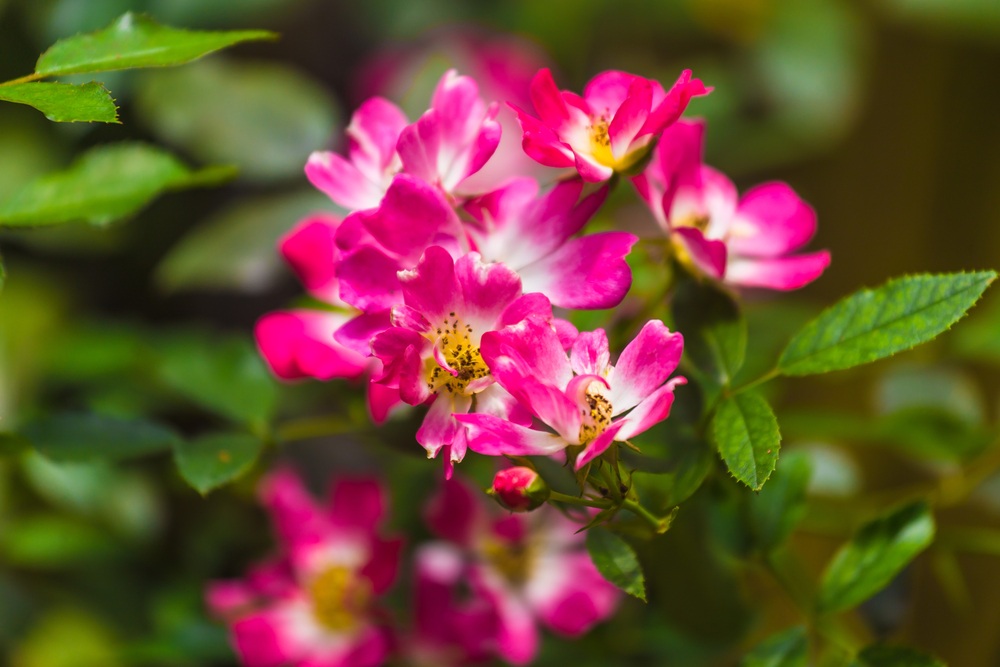
Sweet Drift Roses are groundcover roses known for their vibrant colors and low maintenance requirements. They bloom in clusters, creating a stunning visual effect. Sweet Drift Roses are resistant to many common rose diseases, making them a great addition to any garden.
Double Knock Out Rose
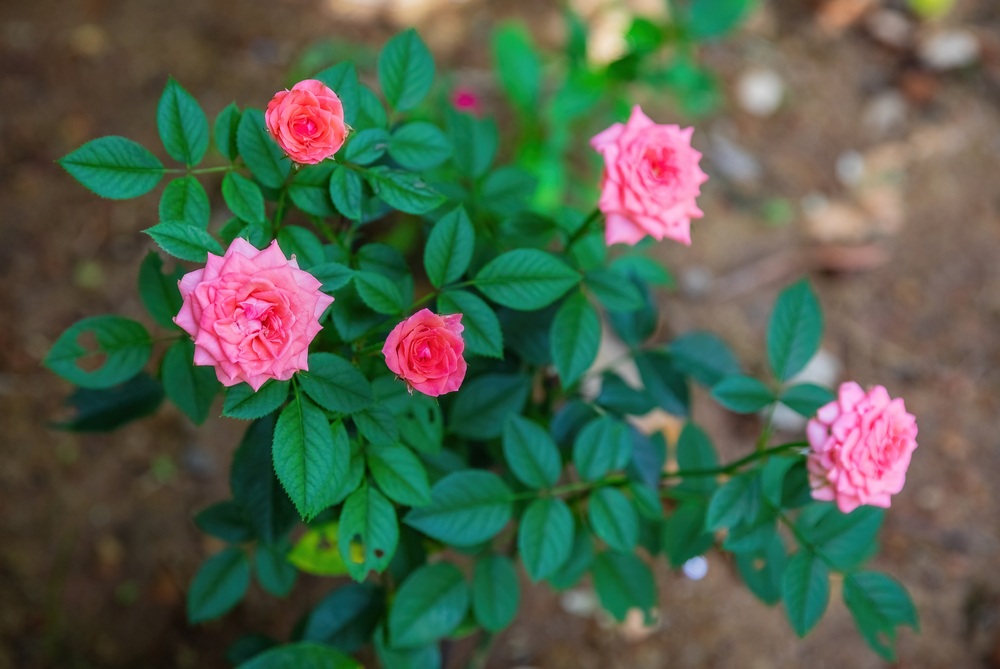
The Double Knock Out Rose is a more vigorous version of the Knock Out Rose. It boasts full, double blooms and maintains the original Knock Out’s disease resistance. These roses are perfect for adding a bright pop of color to any landscape.
Sunrise Sunset Rose
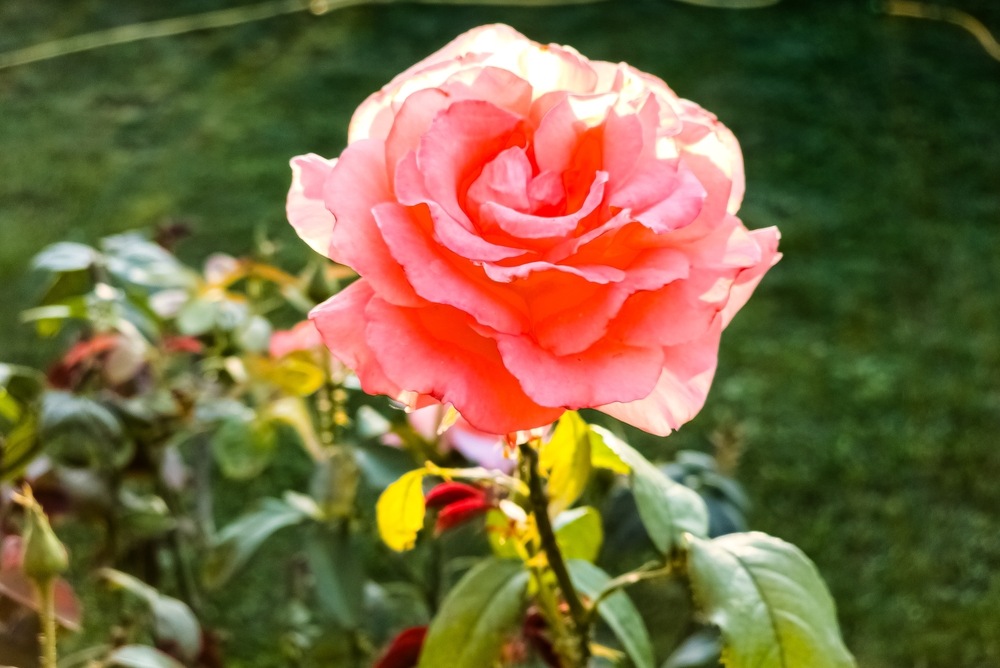
Sunrise Sunset Roses have vibrant blooms that showcase a beautiful blend of pink and yellow hues. They’re known for their hardiness, with an ability to withstand various weather conditions. They require minimal maintenance and provide a continuous display of color.
Nearly Wild Rose
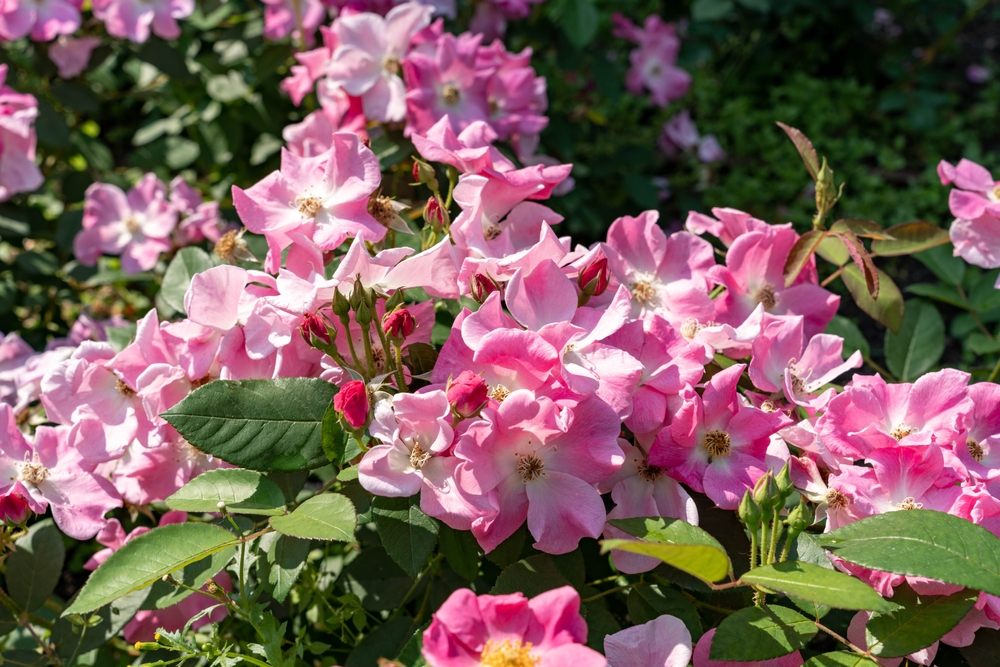
The Nearly Wild Rose is known for its simplicity and wild rose appearance. This rose variety is easy to grow and disease resistant. Its delicate, single-petaled blooms make it a charming addition to any garden, showcasing a more natural aesthetic.
Iceberg Floribunda Rose
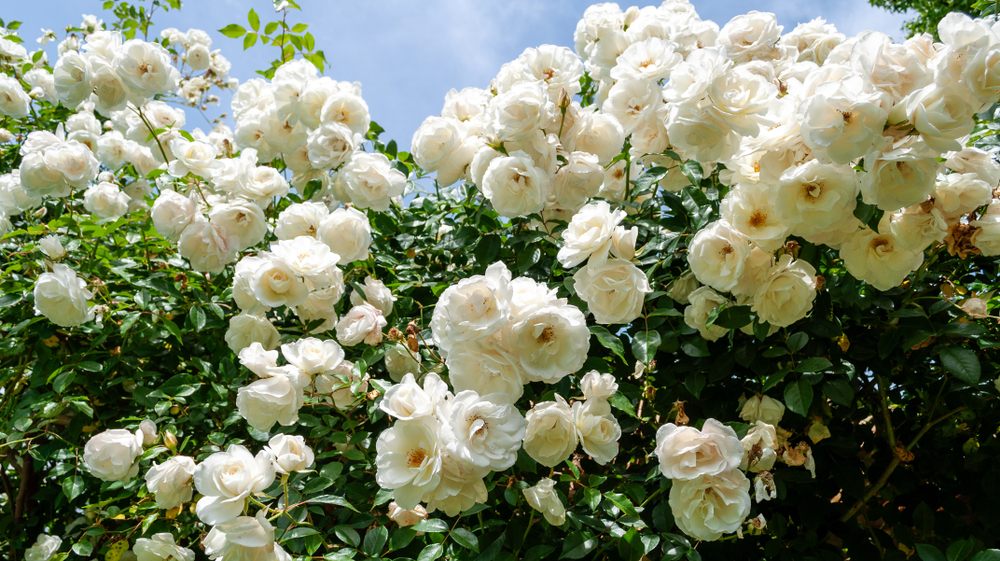
Iceberg Floribunda Roses are a classic rose variety with pure white blooms. They’re prized for their disease resistance and continuous flowering throughout the season. This rose is an excellent choice for creating a stunning display of elegant, white flowers.
Coral Knock Out Rose
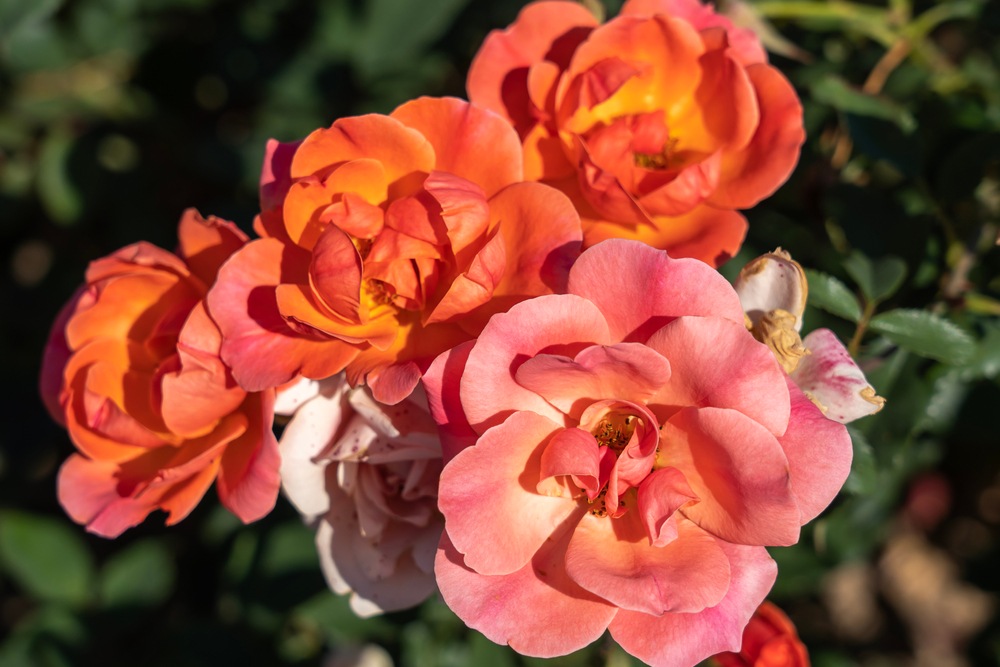
The vibrant Coral Knock Out Rose is known for its stunning coral color and low maintenance requirements. Like the other Knock Out Roses, it’s disease resistant and blooms continuously throughout the growing season, making it a reliable choice for any garden.
Petite Knock Out Rose
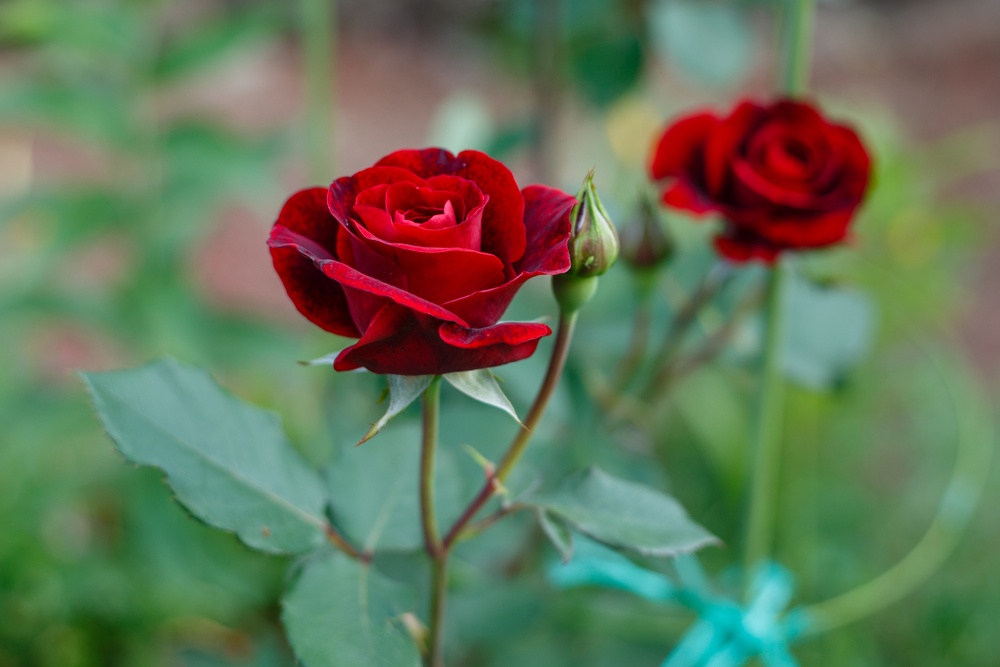
Petite Knock Out Roses are a smaller version of the popular Knock Out variety, perfect for tight spaces and container gardens. Despite their small size, they still deliver abundant, continuous blooms and boast the same disease resistance as their larger counterparts.
White Out Rose
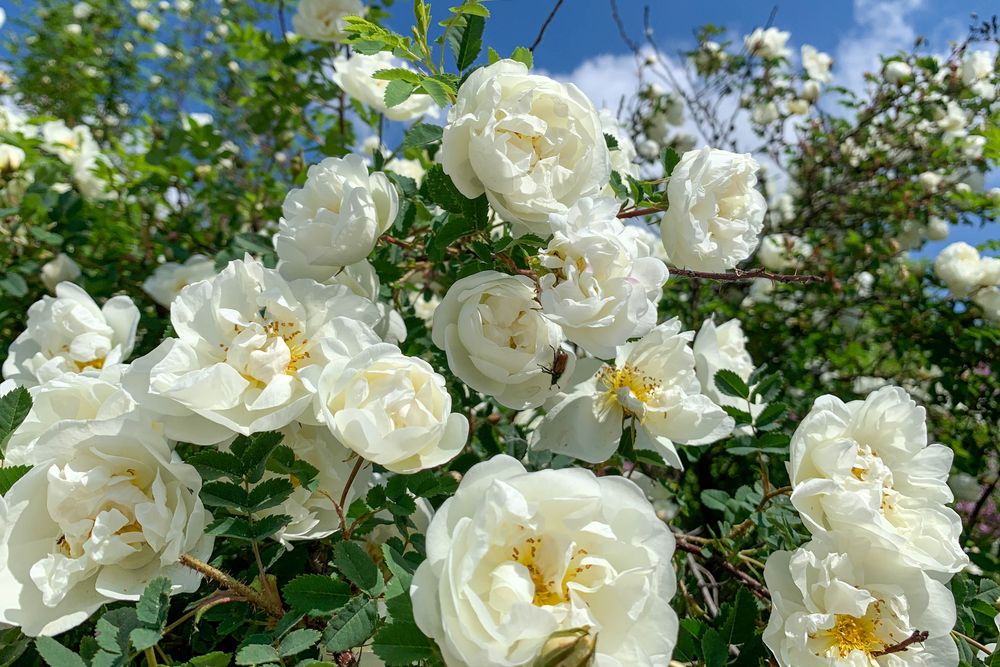
White Out Roses are a hardy variety with clean, white flowers. They’re easy to care for and bloom continuously throughout the season. Their modest size makes them an excellent choice for small gardens or as an accent in larger landscapes.
Pink Home Run Rose
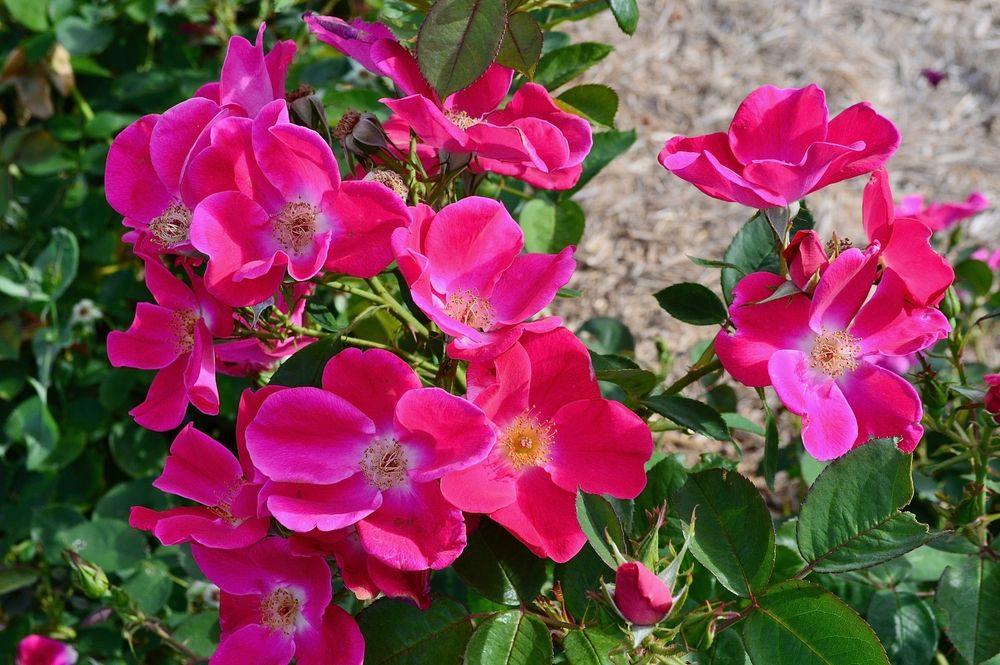
The Pink Home Run Rose is a low-maintenance variety that produces beautiful pink blooms. It’s resistant to common rose diseases, ensuring a healthy, thriving rose bush. As a bonus, these roses attract pollinators such as bees and butterflies, adding life and activity to any garden.
Caring for Resilient Roses
Roses are often considered delicate and fussy plants, but with the right care and maintenance, resilient rose varieties can thrive for many years. To keep their roses healthy and strong, gardeners should follow a few precautions and best practices.
Firstly, it’s essential to start with a good foundation. Selecting a suitable location with well-draining soil and plenty of sunlight is vital for robust rose growth. Most roses enjoy at least 6 hours of sunlight daily, so pick a spot that meets this requirement.
Next, gardeners should focus on proper watering techniques. While roses need consistent moisture, overwatering can lead to root rot and disease. A good rule of thumb is to water deeply and less frequently, allowing the soil to dry out slightly between waterings. Additionally, using drip irrigation or a soaker hose can prevent overwatering and deliver moisture directly to the roots.
When it comes to feeding resilient roses, it’s best to use a balanced, slow-release fertilizer. This can be applied every 4-6 weeks throughout the growing season, typically beginning in early spring and continuing until mid-fall. Using organic matter, such as compost or well-rotted manure, can also improve soil fertility and encourage healthy root growth.
Another critical aspect of rose care is regular pruning. This helps maintain the plant’s shape, encourages new growth, and reduces the risk of disease. Gardeners should prune their roses in late winter or early spring. Removing dead, damaged, or diseased wood is essential while also opening up the plant’s center to increase air circulation.
Lastly, monitoring for pests and diseases is crucial for keeping resilient roses healthy. Common pests include aphids, spider mites, and Japanese beetles, while common diseases are blackspot, powdery mildew, and rust. Implementing preventative measures like proper watering, pruning, and effective air circulation can help keep these problems at bay. If any pests or diseases are noticed, gardeners should act promptly by using organic or chemical treatments as necessary.
By adhering to these simple care recommendations, gardeners can enjoy the beauty of resilient roses in their gardens for many years to come. And with a little patience and dedication, even those with limited gardening experience can successfully nurture these hardy blooms.
Debunking Rose Myths
It’s a common misconception that roses are delicate, hard-to-grow plants. In truth, many rose varieties are quite hardy and capable of thriving with minimal care. Let’s take a closer look at some popular rose myths and set the record straight.
Myth 1: Roses Require Constant Care While it’s true that some rose types demand meticulous attention, many others are quite low-maintenance. Among the latter are shrub roses, which can flourish in various climates and tolerate conditions that other roses might not. With proper selection and planting, one can achieve a thriving rose garden without endless hours spent caring for them.
Myth 2: Roses Need Daily Watering Roses have different watering needs based on factors like humidity, temperature, and type. Overwatering can be as harmful as underwatering. As a general rule, one should provide 1-2 inches of water weekly, allowing the soil to dry before reapplying. By adjusting for weather conditions, it’s easy to find the optimal watering routine for a healthy rose garden.
Myth 3: All Roses Are Prone to Pests and Diseases Although roses may be susceptible to certain problems like mildew or aphids, many disease-resistant varieties have been developed. For example, the “Knock Out” series is famously resistant to common diseases and pests, making them a popular low-maintenance choice. Selecting robust varieties and providing proper care reduces the risk of pest and disease issues.
Myth 4: Roses Only Bloom Once a Year While it’s accurate that some roses bloom only once, many types are repeat bloomers, flowering multiple times throughout the growing season. For example, the “Tea” and “Floribunda” classes are known for their extended blooming periods. Additionally, some landscape shrub roses require little to no deadheading and will re-bloom continuously.
By dispelling these myths and understanding the diverse nature of rose species, gardeners can confidently cultivate these beautiful and resilient flowers, even with limited experience or time investment.





